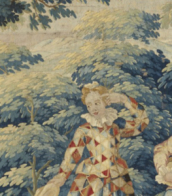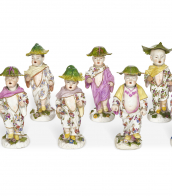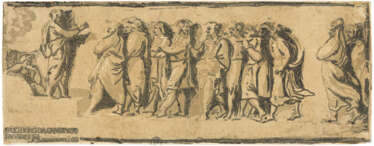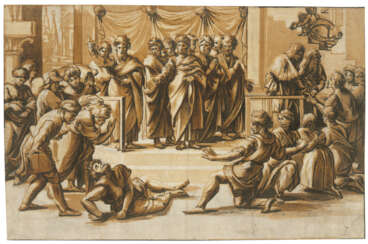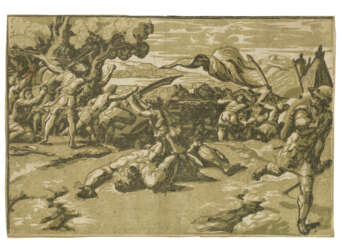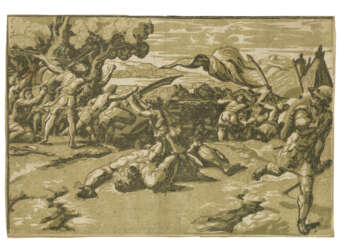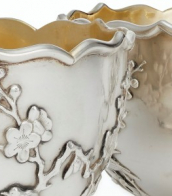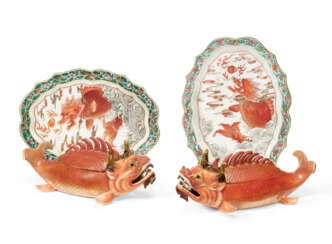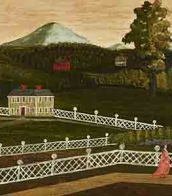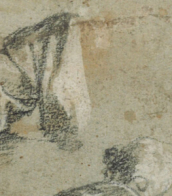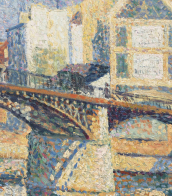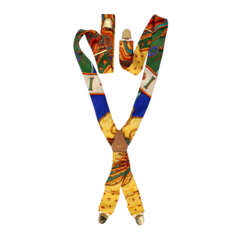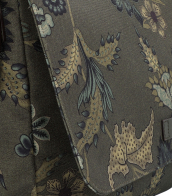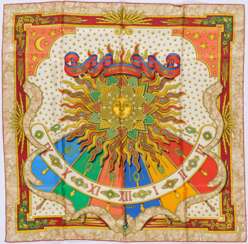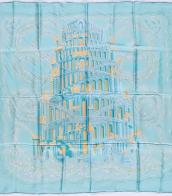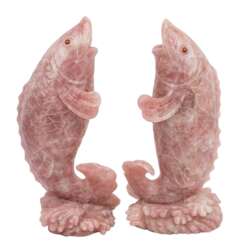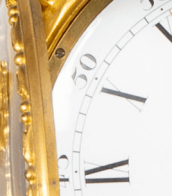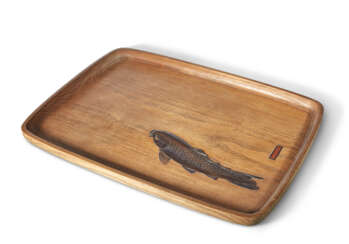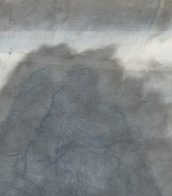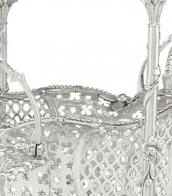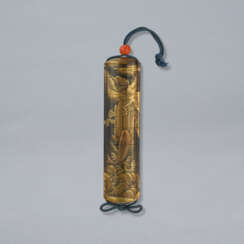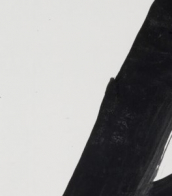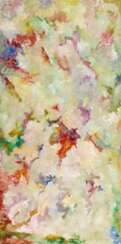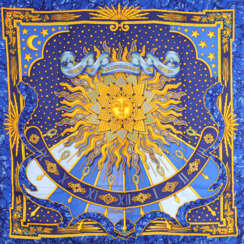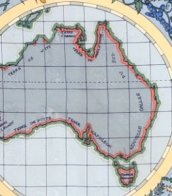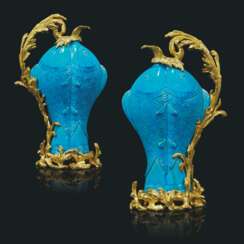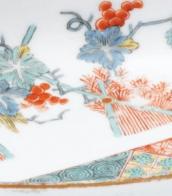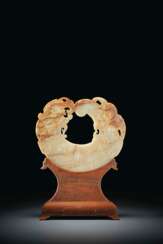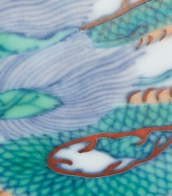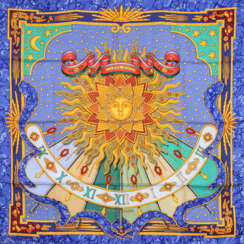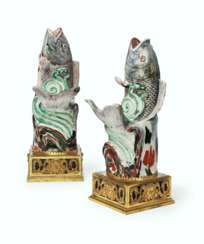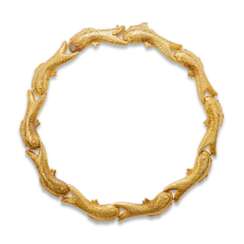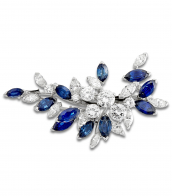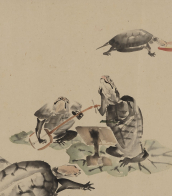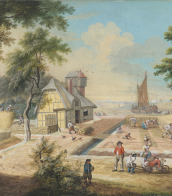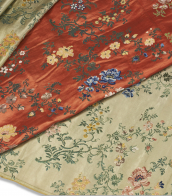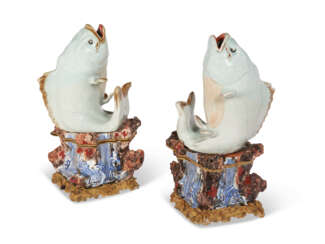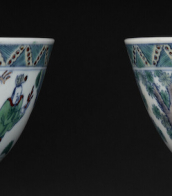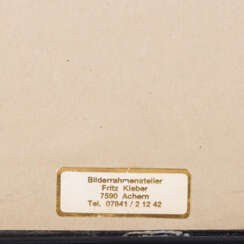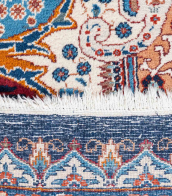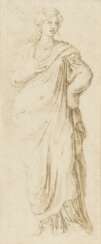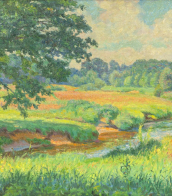carpes
.jpg)
Ugo da Carpi was an Italian printmaker active between 1502 and 1532 in the cities of Venice, Rome and Bologna. He is known for his technical and stylistic contributions to the chiaroscuro woodcut, a printmaking technique using blocks of different colours. Ugo claimed to be the first to use this technique, seeking a copyright first from the Venetian senate, and later from Pope Leo X. Although he did not create the chiaroscuro woodcut technique, he was one of the first Italian practitioners. He contributed to its development through his powerful style, focus on tonality and interpretive skills. One of his most famous works is a print of Diogenes. In addition to his numerous prints, he produced a writing book, and is also known to have produced at least one painting, the altarpiece of Saint Veronica in Saint Peter's Basilica in Rome.

.jpg)
Ugo da Carpi was an Italian printmaker active between 1502 and 1532 in the cities of Venice, Rome and Bologna. He is known for his technical and stylistic contributions to the chiaroscuro woodcut, a printmaking technique using blocks of different colours. Ugo claimed to be the first to use this technique, seeking a copyright first from the Venetian senate, and later from Pope Leo X. Although he did not create the chiaroscuro woodcut technique, he was one of the first Italian practitioners. He contributed to its development through his powerful style, focus on tonality and interpretive skills. One of his most famous works is a print of Diogenes. In addition to his numerous prints, he produced a writing book, and is also known to have produced at least one painting, the altarpiece of Saint Veronica in Saint Peter's Basilica in Rome.
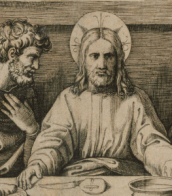
.jpg)
Ugo da Carpi was an Italian printmaker active between 1502 and 1532 in the cities of Venice, Rome and Bologna. He is known for his technical and stylistic contributions to the chiaroscuro woodcut, a printmaking technique using blocks of different colours. Ugo claimed to be the first to use this technique, seeking a copyright first from the Venetian senate, and later from Pope Leo X. Although he did not create the chiaroscuro woodcut technique, he was one of the first Italian practitioners. He contributed to its development through his powerful style, focus on tonality and interpretive skills. One of his most famous works is a print of Diogenes. In addition to his numerous prints, he produced a writing book, and is also known to have produced at least one painting, the altarpiece of Saint Veronica in Saint Peter's Basilica in Rome.

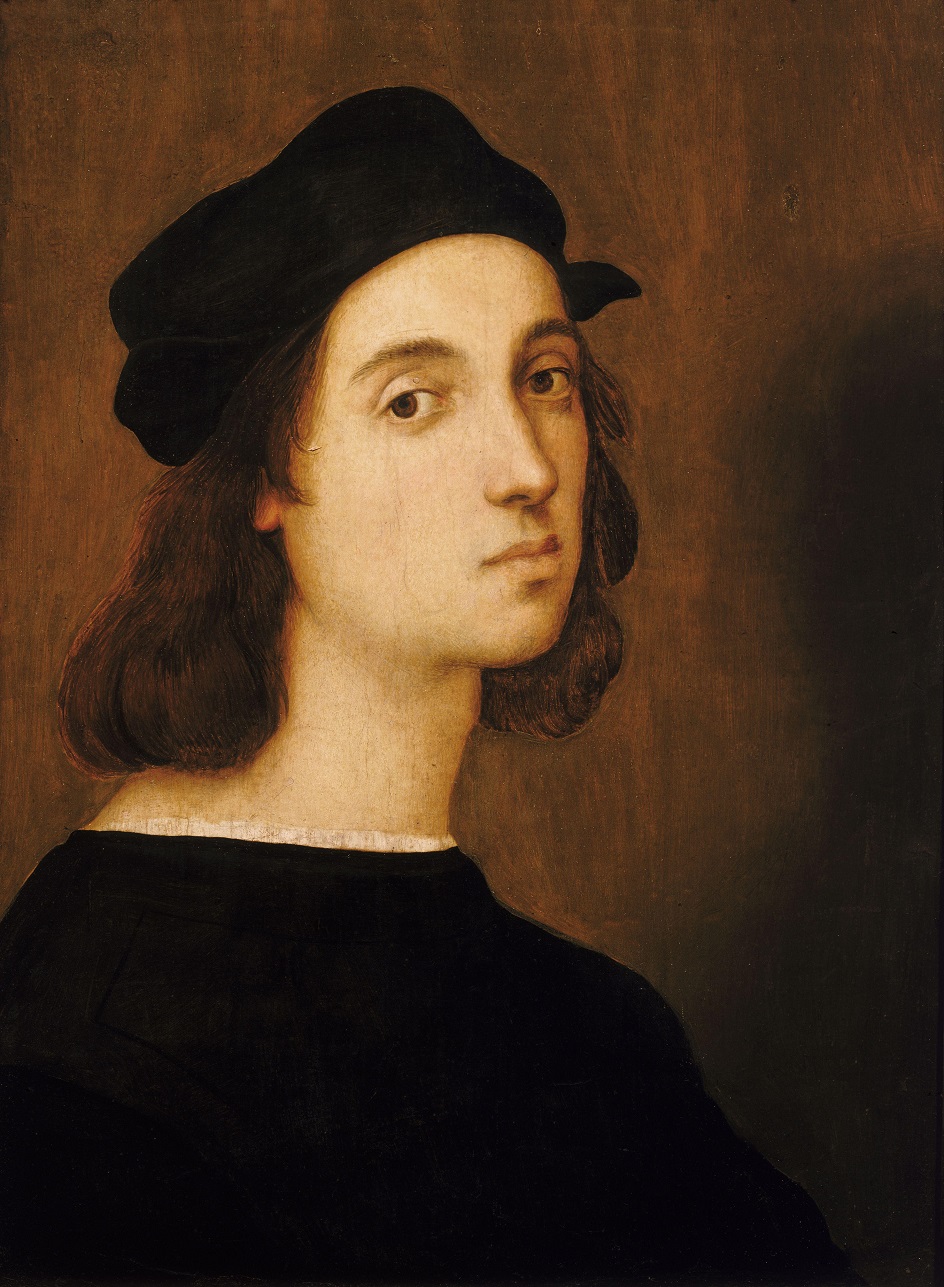
Raffaello Santi was an Italian artist, famously known for his contributions to the world of culture and art. Born in Urbino, Italy, in 1483, Raffaello Santi, commonly known as Raphael, was a renowned painter and architect during the Italian Renaissance. His exceptional talents in the realms of painting and sculpture have left an indelible mark on the art world, earning him a place among the greatest artists of all time.
Raphael's works are celebrated for their exquisite detail, harmonious compositions, and the graceful beauty of his subjects. He is best known for his remarkable frescoes in the Vatican Palace, including the famous "School of Athens," which exemplifies his mastery in blending classical antiquity with contemporary artistic sensibilities. His ability to capture the human form with unparalleled accuracy and sensitivity has earned him a reputation as a true virtuoso.
Among his other notable works are "The Sistine Madonna" and "The Transfiguration," both of which showcase his exceptional skills in portraying religious subjects with a captivating emotional depth. These paintings, along with many others, are now cherished treasures in museums and galleries worldwide, drawing art enthusiasts and experts alike to admire Raphael's timeless creations.
For collectors and art connoisseurs, Raphael's works are highly sought after, not only for their historical significance but also for their aesthetic appeal. His pieces continue to command great value in the art market, making them a valuable addition to any art collection.
If you are passionate about culture, art, and the works of this celebrated artist, consider signing up for updates related to Raphael Santi. Stay informed about new product sales and auction events featuring his masterpieces, and have the opportunity to acquire a piece of art history for yourself. Don't miss the chance to immerse yourself in the world of Raphael and his timeless contributions to the realm of art. Subscribe today and be a part of preserving his legacy.
.jpg)
Ugo da Carpi was an Italian printmaker active between 1502 and 1532 in the cities of Venice, Rome and Bologna. He is known for his technical and stylistic contributions to the chiaroscuro woodcut, a printmaking technique using blocks of different colours. Ugo claimed to be the first to use this technique, seeking a copyright first from the Venetian senate, and later from Pope Leo X. Although he did not create the chiaroscuro woodcut technique, he was one of the first Italian practitioners. He contributed to its development through his powerful style, focus on tonality and interpretive skills. One of his most famous works is a print of Diogenes. In addition to his numerous prints, he produced a writing book, and is also known to have produced at least one painting, the altarpiece of Saint Veronica in Saint Peter's Basilica in Rome.
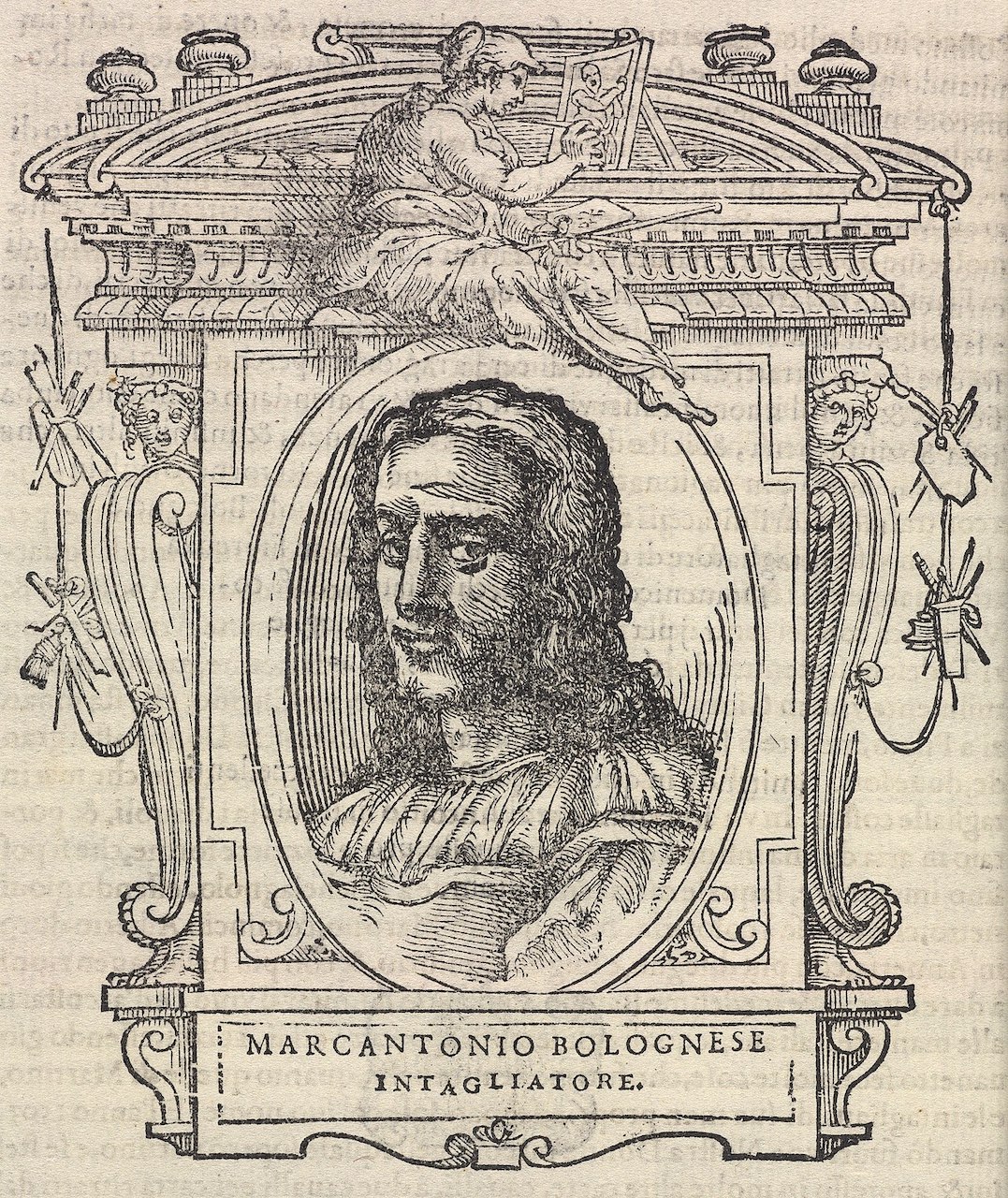
Marcantonio Raimondi, also Marcantonio Francia, was an Italian draftsman and copper engraver. He authored more than 300 engravings of Renaissance artworks, including paintings by Raphael and ancient monuments such as architecture, vases and ornaments.
Marcantonio spent his childhood years in Bologna, but little is known of his mother and father's family. The artist was called "Marco Antonio Bolognese". According to Giorgio Vasari, Marcantonio spent some time in France, as his monogram "MAF": Marcantonio Francia confirms. Later he travelled between Venice, Florence and Rome. Influences of the French style can be seen in his works.
His work on the works of Raphael led Marcantonio to collaborate with Giulio Romano, who first commissioned from him a series of images taken from The Histories of Venus, Apollo and Hyacinth and The Histories of Magdalene and the Four Evangelists. Sixteen engravings, based on drawings by Giulio Romano, of Pietro Aretino's love sonnets and containing an erotic subject, were called "Poses of Aretino".


Raffaello Santi was an Italian artist, famously known for his contributions to the world of culture and art. Born in Urbino, Italy, in 1483, Raffaello Santi, commonly known as Raphael, was a renowned painter and architect during the Italian Renaissance. His exceptional talents in the realms of painting and sculpture have left an indelible mark on the art world, earning him a place among the greatest artists of all time.
Raphael's works are celebrated for their exquisite detail, harmonious compositions, and the graceful beauty of his subjects. He is best known for his remarkable frescoes in the Vatican Palace, including the famous "School of Athens," which exemplifies his mastery in blending classical antiquity with contemporary artistic sensibilities. His ability to capture the human form with unparalleled accuracy and sensitivity has earned him a reputation as a true virtuoso.
Among his other notable works are "The Sistine Madonna" and "The Transfiguration," both of which showcase his exceptional skills in portraying religious subjects with a captivating emotional depth. These paintings, along with many others, are now cherished treasures in museums and galleries worldwide, drawing art enthusiasts and experts alike to admire Raphael's timeless creations.
For collectors and art connoisseurs, Raphael's works are highly sought after, not only for their historical significance but also for their aesthetic appeal. His pieces continue to command great value in the art market, making them a valuable addition to any art collection.
If you are passionate about culture, art, and the works of this celebrated artist, consider signing up for updates related to Raphael Santi. Stay informed about new product sales and auction events featuring his masterpieces, and have the opportunity to acquire a piece of art history for yourself. Don't miss the chance to immerse yourself in the world of Raphael and his timeless contributions to the realm of art. Subscribe today and be a part of preserving his legacy.
.jpg)
Ugo da Carpi was an Italian printmaker active between 1502 and 1532 in the cities of Venice, Rome and Bologna. He is known for his technical and stylistic contributions to the chiaroscuro woodcut, a printmaking technique using blocks of different colours. Ugo claimed to be the first to use this technique, seeking a copyright first from the Venetian senate, and later from Pope Leo X. Although he did not create the chiaroscuro woodcut technique, he was one of the first Italian practitioners. He contributed to its development through his powerful style, focus on tonality and interpretive skills. One of his most famous works is a print of Diogenes. In addition to his numerous prints, he produced a writing book, and is also known to have produced at least one painting, the altarpiece of Saint Veronica in Saint Peter's Basilica in Rome.

Marcantonio Raimondi, also Marcantonio Francia, was an Italian draftsman and copper engraver. He authored more than 300 engravings of Renaissance artworks, including paintings by Raphael and ancient monuments such as architecture, vases and ornaments.
Marcantonio spent his childhood years in Bologna, but little is known of his mother and father's family. The artist was called "Marco Antonio Bolognese". According to Giorgio Vasari, Marcantonio spent some time in France, as his monogram "MAF": Marcantonio Francia confirms. Later he travelled between Venice, Florence and Rome. Influences of the French style can be seen in his works.
His work on the works of Raphael led Marcantonio to collaborate with Giulio Romano, who first commissioned from him a series of images taken from The Histories of Venus, Apollo and Hyacinth and The Histories of Magdalene and the Four Evangelists. Sixteen engravings, based on drawings by Giulio Romano, of Pietro Aretino's love sonnets and containing an erotic subject, were called "Poses of Aretino".
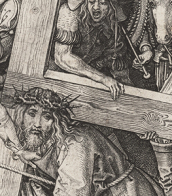
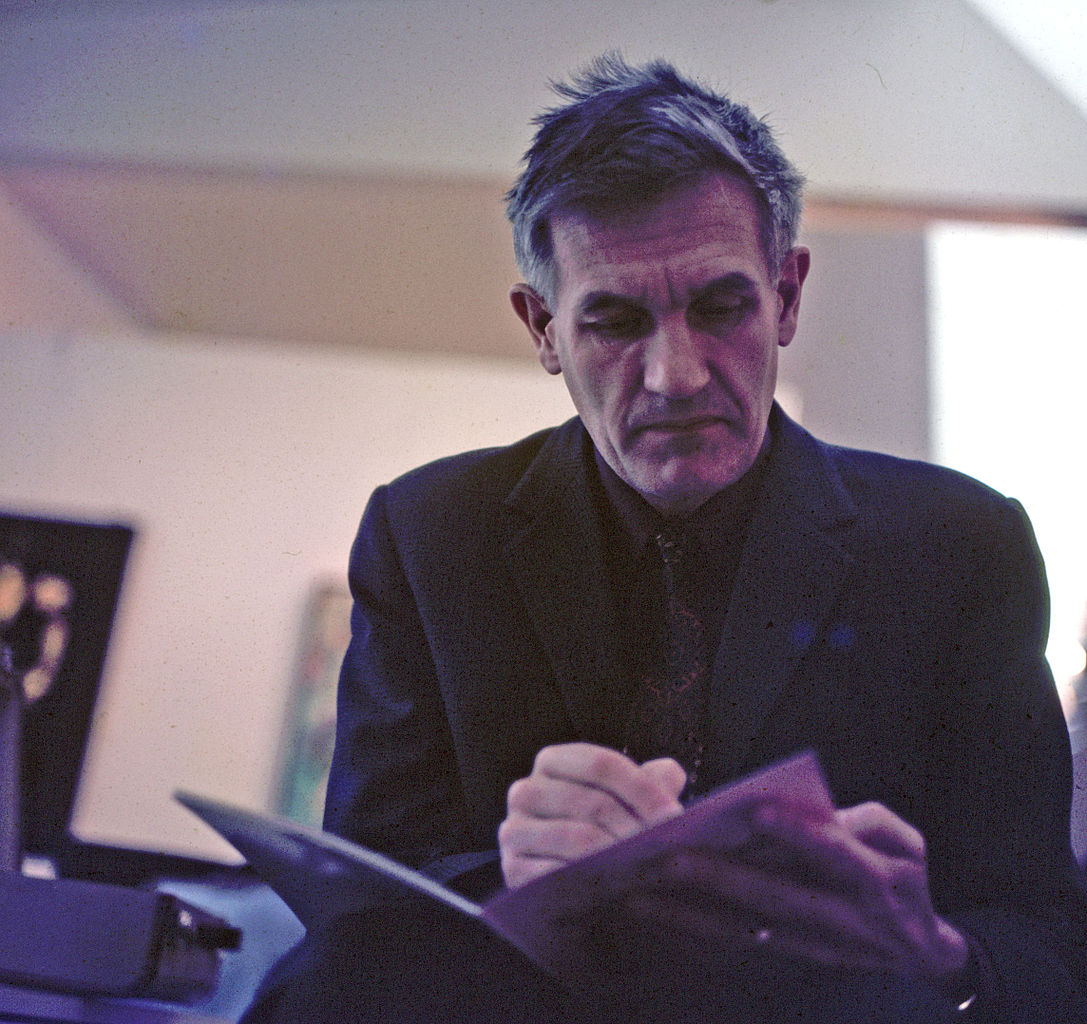
Bernard Schultze was a German painter who co-founded the Quadriga group of artists along with Karl Otto Götz and two other artists.

